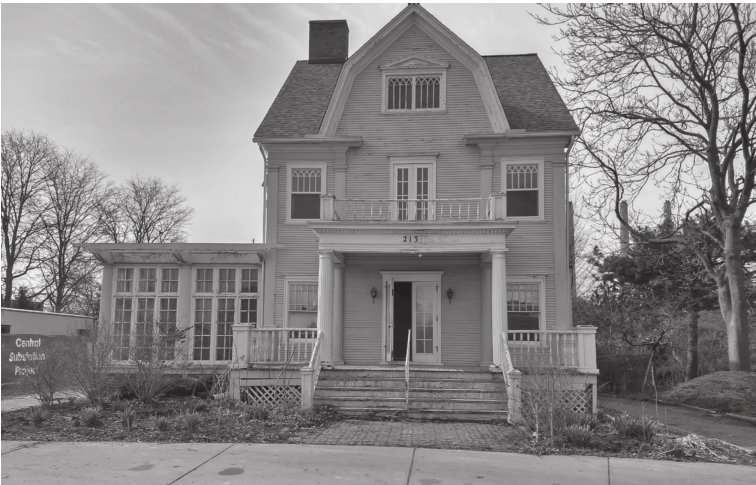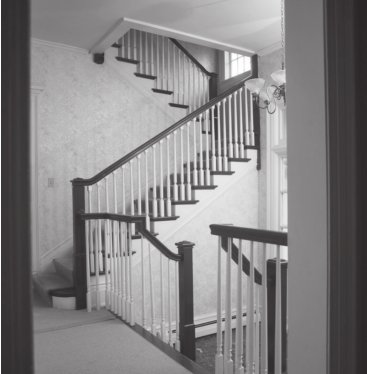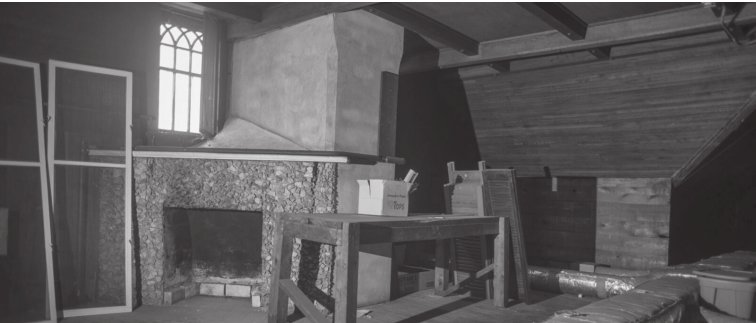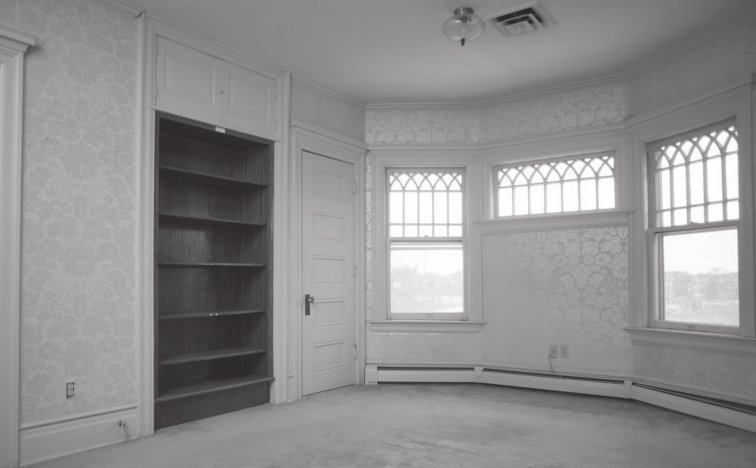
When Eugene Cooley ordered the construction of the three-story Colonial Revival home here in Lansing, the city was booming. The home, now called the Cooley Haze House, was for his son, and sat among rows of palatial estates on Main Street in a neighborhood that was home to the city’s wealthiest and most elite addresses.
Cooley Haze has survived because the city of Lansing acquired and maintained it. But with approval of city voters last year, the city is moving forward with plans to sell the historic home and the postage stamp-sized lot on which it stands. It is accepting proposals for the purchase and redevelopment of that property until 2 p.m. Thursday.
The catch? Whoever buys the property will have an historic covenant restriction on the deed. That will prevent the owner or future owners from changing the outside of structure, such as the roofline, for at least 30 years, for at least 30 years.
The Cooley Haze House is on a different path than its former neighbor, the Scott House. Built in 1918, the Scott House was also owned by the city, but it was torn down last year to make room for the Central Substation being built by the Lansing Board of Water & Light.
That leaves a 115-year-old Cooley Haze House nestled between the deed-restricted Cooley Gardens to the west and south, Scott Park to the east and Malcolm X Street (formerly known as Main Street) to the north.
“Very selfishly, I’d love to see it be a dining or event space, for my own enjoyment and for the enjoyment of the community,” said Veronica Gracia-Wing, who chairs the Parks Board. “I love the concept of the Whitney in Detroit, and think that model would suit the space and community well.”
The Whitney mansion, on Woodward Avenue, is the former home of lumber baron David Whitney Jr. that has been turned into an attraction and restaurant. It’s also about four times the size of the Cooley Haze House, which is 4,188 square feet.
Echo of history
It’s hard not to imagine the home in its heyday, a quartet playing in the grand front room, as guests sat in the sunroom watching and listening. The city was booming in 1903 when the home was built, said Bill Castanier, president of the Historical Society of Greater Lansing.
Industrialization was taking off and the city was reaping the economic boom that came with it. The auto industry, then in its infancy, was beginning to hum along and the city had become a key stop for Wild West shows and circuses.
Some of those shows would have set up in the large flat space where the GM Cadillac plant sits today, just across the street from Cooley Gardens and the Cooley Haze House. Castanier said the shows and circuses would arrive in town and parade down Washington Avenue, and the residents would rush out to see them.
They probably had never seen exotic animals such as camels, elephants and big cats brought in by the circuses.
That history echoes through the Cooley Haze House, albeit muffled by carpeted walls created for the Michigan Women’s History Museum and Hall of Fame during its residency in the home. And just as time has moved on, so has the need to update the amenities in the building. That means a third floor, which has a stone mantel fireplace and dark wood paneling, has a floor covered with heating and cooling duct works. The north end of the room is filled with duct works. There are windows on all four walls, but the ones on the south, west and north are boarded up and filled with insulation. The one on the west is a bay window.
The second floor hints at the former living spaces. It’s a series of rooms, now carved up as offices. There is a fireplace and mantel in at least one room, while others have built in shelving units.
To access those former bedrooms, you walk up a beautiful wooden staircase that empties into an area just above what would likely have been the front door.
A walk through on Saturday revealed some water damage in the north end of the building, but otherwise revealed a fairly sound building, Brett Kaschinske, director of Lansing parks and recreation, is overseeing the sale process for the house.

He pointed out Saturday that the wood clapboard sidings are covered in lead paint. That’s part of the reason the city, in consultation with historic preservationist, recommended the sale of the home. The cost to address the lead contamination was put in the neighborhood of $100,000, he said.
And while he is overseeing the sale of the building, he said he really does not have a grand vision for the former home.
“We really want to see what other people have, what they are bringing to the table,” he said.
Dale Schrader, president of Preservation Lansing, said he believes the building will likely become the home of a law firm or insurance business.
“Whoever buys it will garner a lot of good will,” said Schrader, whose group fought unsuccessfully to save the Scott House.
Kaschinske talks about how perfectly well set the home is, between Cooley Gardens and the Scott Garden. Just beyond Scott Garden to the east, construction is under way on the Lansing Board of Water & Light’s Central Substation.
Schrader, for his part, notes that this is an important move to save a vestige of Lansing history.
“It really is the last mansion standing,” he said. “It’s important to save it.”

Support City Pulse - Donate Today!
Comments
No comments on this item Please log in to comment by clicking here